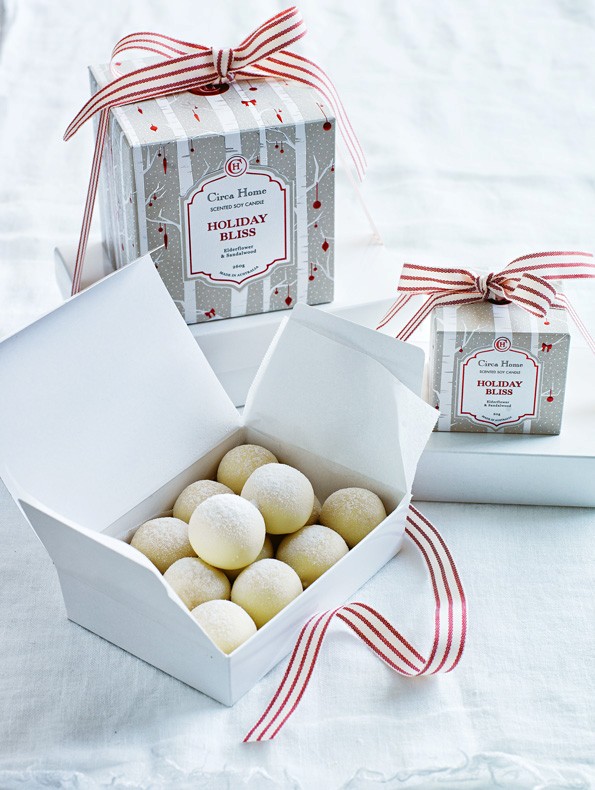Chocolatiers aim to make you rethink white chocolate
December 1, 2017 by Darcie 
White chocolate is often derided as not being “real chocolate”, and critics dismiss it as being one-dimensional and overly sweet. A growing number of chocolatiers are quietly changing that perception, one confection at a time, says food writer Simran Sethi, author of Bread, Wine, Chocolate: The Slow Loss of Foods We Love.
Most food historians agree that we can trace the origins of white chocolate to Switzerland around 1936. The mostly widely-believed story is that it came into being as a way to use up excess milk powder that had been produced for the first World War. Since then, it hs developed a reputation as being a lesser form of chocolate, or not even chocolate at all.
Chef David Lebovitz dismisses the latter notion. “Bickering over the nomenclature becomes tiring,” he told The Washington Post. “We still call hamburgers by that name, even though they are not made of ham, and milkshakes actually aren’t shaken these days, but blended. So I think it’s okay to group white chocolate in with the rest of the variety of things made from cacao beans, since they all have the same base.”
White chocolate’s perception problem lies in part with efforts made to reduce the cost of producing it. Since the pure cocoa butter that forms its base has surged in price over the past few decades, confectioners often cut the cocoa butter with less expensive – and less flavorful – items like palm oil. But when made properly, white chocolate has a creamy texture and is an excellent base for intriguing flavor combinations.
Denise Castronovo of Castronovo Chocolate says, “White chocolate is a good medium in which you can play creatively with flavors and texture.” Her chocolates include roasted strawberries, raspberries and blueberries. Other chocolatiers offer bolder options like Thai curry shrimp, rosemary and sea salt, and turmeric and pomengranate.
Eagranie Yuh, author of The Chocolate Tasting Kit, offers advice on how to find a good quality white chocolate. First, check the ingredient list, which “should include only sugar, cocoa butter, milk solids or milk powder and, possibly, lecithin and vanilla.” Yuh also recommends buying from a dedicated chocolate shop or specialty grocer instead of from a supermarket.
Photo of Elderflower, coconut and white chocolate truffles from Donna Hay Magazine
Categories
- All Posts (6940)
- Antipasto (2135)
- Author Articles (247)
- Book News (935)
- Cookbook Giveaways (983)
- Cookbook Lovers (257)
- Cooking Tips (109)
- Culinary News (299)
- Food Biz People (552)
- Food Online (791)
- Holidays & Celebrations (272)
- New Cookbooks (149)
- Recipes (1500)
- Shelf Life With Susie (231)
- What's New on EYB (133)
Archives
Latest Comments
- Pamsy on What foods do you look forward to the most for each season?
- Pamsy on How cookbooks can help build resilience
- DarcyVaughn on Danube Cookbook Review and Giveaway
- hettar7 on JoyFull – Cookbook Review & Giveaway
- eliza on What foods do you look forward to the most for each season?
- kmwyman on Rooza by Nadiya Hussain – Cookbook Review and Giveaway
- Maryd8822 on The Golden Wok – Cookbook Giveaway
- Dendav on Danube Cookbook Review and Giveaway
- sanfrannative on Rooza by Nadiya Hussain – Cookbook Review and Giveaway
- darty on Danube Cookbook Review and Giveaway